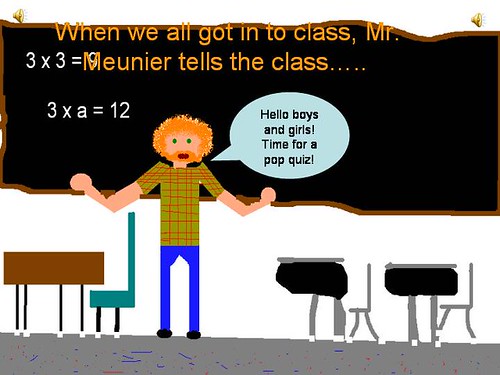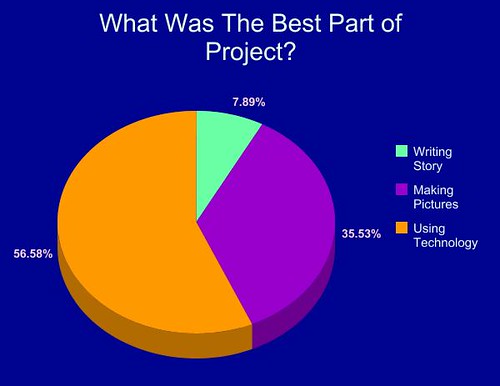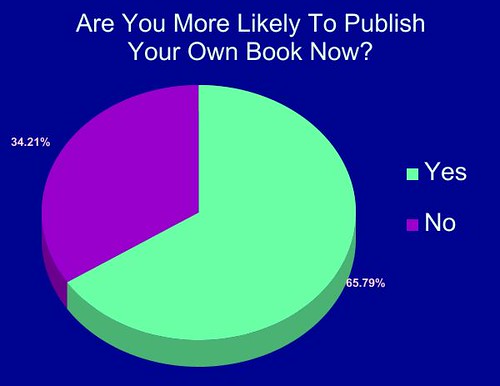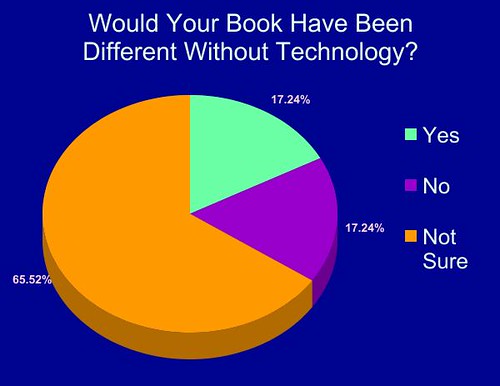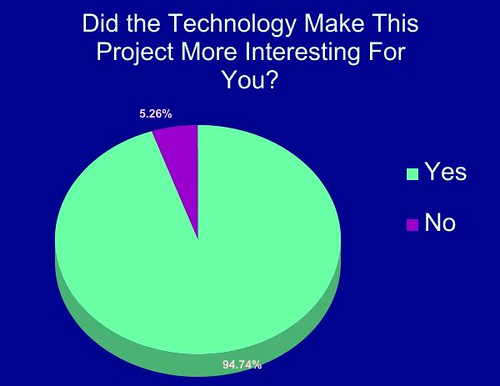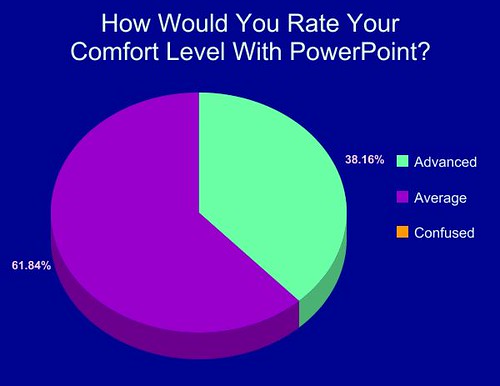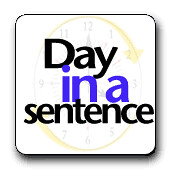This is part of a project at Two Writing Teachers
Icebergs
My brother saved my life.
This remembrance bubbled up to the surface the other day as I dipped my toes into a neighborhood pool and experienced the incredible cold chill of the water. That tactile experience really brought me back to the neighborhood where I grew up and the river, if you can call it that, which formed the center of so many of our activities.
The stream crept along through the woods not far from the apartments where my family lived and although most of us knew enough not to swim in there (and if you did, not to drink any of it) after my mother did some science experiments on the water and found it filled with bacteria, it still was an irresistible part of our childhood. We found giant turtles in there. We watched the tiny fish darting about in the pools. We dug dams and appreciated the power of the water overcome our efforts.
One section of the stream ran under a bridge near a factory and this area was close to a shaded area where us kids would hang out after getting snacks from the convenience store. In summer, we would sit beneath the pine trees and find reprieve from the hot sun.
But winter — deep in winter — is the setting for this particular story.
It was a frigid day and the river was mostly a sheet of ice. Beneath the ice flow, you could just make out the water still moving to make its way through the piped tunnels that channeled under the roadway bridge. It was at this spot that a group of us stood, breaking up the ice with rocks and sticks and our heavily-booted feet. All of us were wrapped up in layers to keep the cold at bay. The ice came apart in huge sections and it occurred to us that we had inadvertently created “icebergs” on the river.
And didn’t those icebergs look just like rafts?
My older brother and his friends jumped from the edge of the bank and took off on icebergs just like Huck Finn. A few of them even had sticks in hands to guide them. They pretended to do battles against each other. The icebergs were remarkably thick and held the weight of bodies nicely. My brother nimbly danced from iceberg to bank, back and forth with grace.
Three years younger than him but determined to join in, I moved closer to the edge of the bank, trying to pick out the best iceberg for me.
One floated nearby and I moved closer to get on board. Somehow, though, I lost my footing and slipped. Panic set in. One of my feet hit an icy patch and it was taking me down into the water, down below the iceberg. This was one of those moments of slow-motion that people talk about. There was nothing I could do. I truly felt as if a monster’s hand was reaching up from the bottom of the river and was taking hold of first one foot, and then the other. Water rushed into my boots. The stinging cold crept up my leg. My gloved fingers tried to grip the land but failed. The monster’s icy grip slowly, slowly, slowly began yanking me down to the bottom of the icy river where death surely awaits.
(Aside: Years later, as a reporter, I was sent to the scene of a disappearance of a man who had been ice fishing at night. Out on the middle of the lake, there was an eerie scene of a chair, a thermos, some fishing gear, and the iced-over outline of a crack in the surface. I was forced to wait until the body had been pulled out of the ice by police divers. I was saddened and terrified for this person, and reminded of the event I write about here.)
Meanwhile, the iceberg — as if an instrument of destruction of this river monster — was moving in some strange trajectory, methodically coming towards me instead of away from me. My body was now being pulled under the thick ice sheet. My hands tried to grip the edge of the ice but nothing would hold. The cold stung my body. My grip was weak. It was so cold, so very cold. I remember both the ferocious beating of my heart in panic and the numb acceptance that this might be the end of the world. What was happening to me felt inevitable.
It was at that moment of letting go and accepting fate that I felt a hand grab the collar of my jacket.
I was being yanked up right out of the water by something more powerful than me and I was thrown to the ground. I looked up and saw my brother standing there, over me, with a look of concern and anger on his face. He swore at me for being an idiot. I could not even respond because the shivering started in immediately. My lips chattered a million miles a minute. My eyes started to close. He reached down and pulled me up, took off his jacket and put it on me. He put his arm around me to keep me warm. I moved into his embrace with appreciation.
And then, with only a few words between us about what had happened back there on the river, my brother walked me back home.
Peace (in defying the odds),
Kevin
